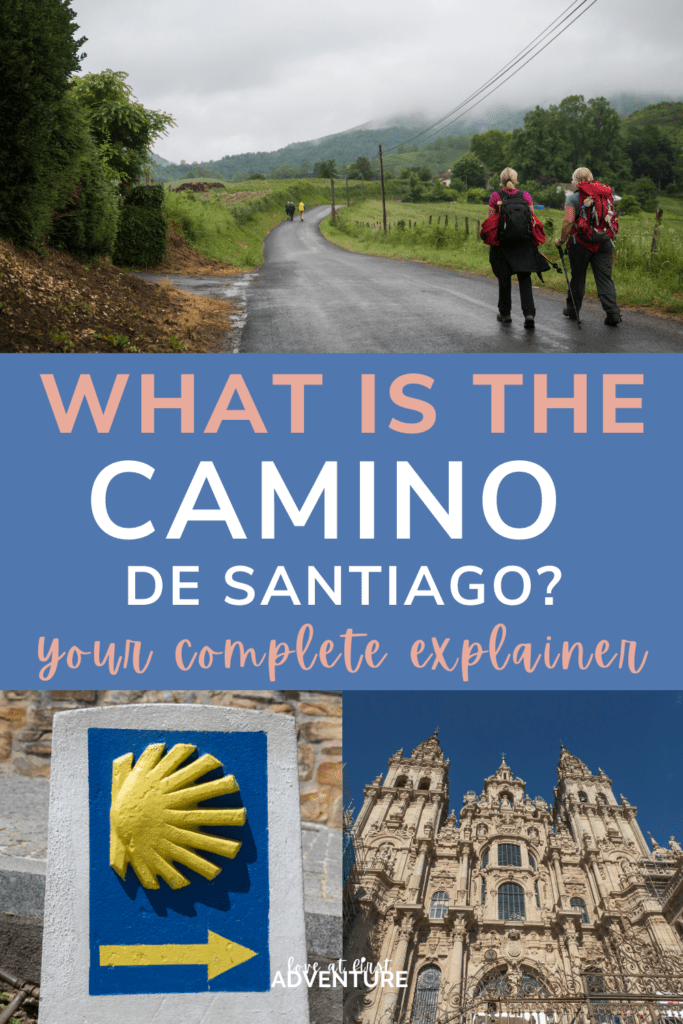What is the Camino de Santiago? Your Complete Explainer
Disclaimer: This article may contain affiliate links. For full information, please see our disclaimer here.
If you’ve landed here, you’re wondering what the Camino de Santiago, or the Way of St. James, as it’s called in English, is. Perhaps you heard a friend mention the famous pilgrimage or it popped up in your social media feed.
Well, you’re in the right place. In this post, “What is the Camino de Santiago?”, we’ll explain what the Camino de Santiago pilgrimage is for beginners, what the routes are, what the end destination is, how long it takes to walk the Camino, and much more!
What is the Camino de Santiago?
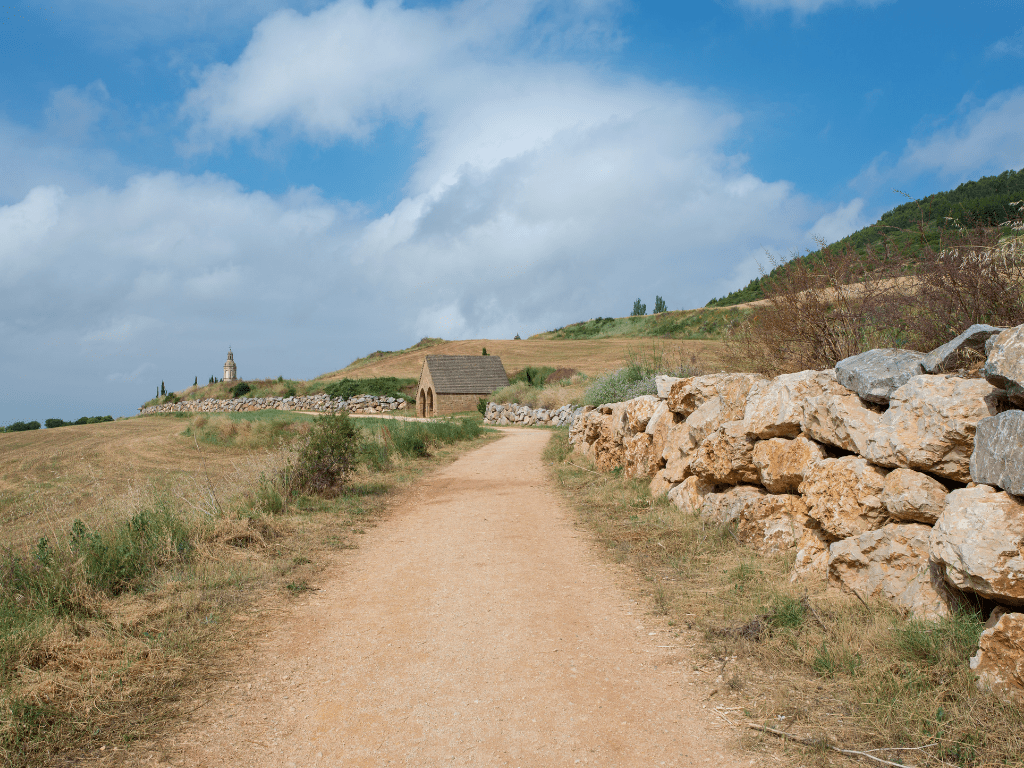
The Camino de Santiago is a fascinating network of medieval pilgrimage trails in Spain, but also spreading through wider Europe. Known in English as the Way of St James, the Camino the Camino has gained worldwide popularity in recent years. In fact, it attracted 347,578 pilgrims in 2019, up from just 55,004 in 2000 (Source: Oficina de Acogida al Peregrino)!
With that said, the Camino de Santiago is much more than just a bunch of trails! We hope that through this article, you’ll be able to see all the Camino has to offer.
How did the Camino begin? What are the Camino’s origins?
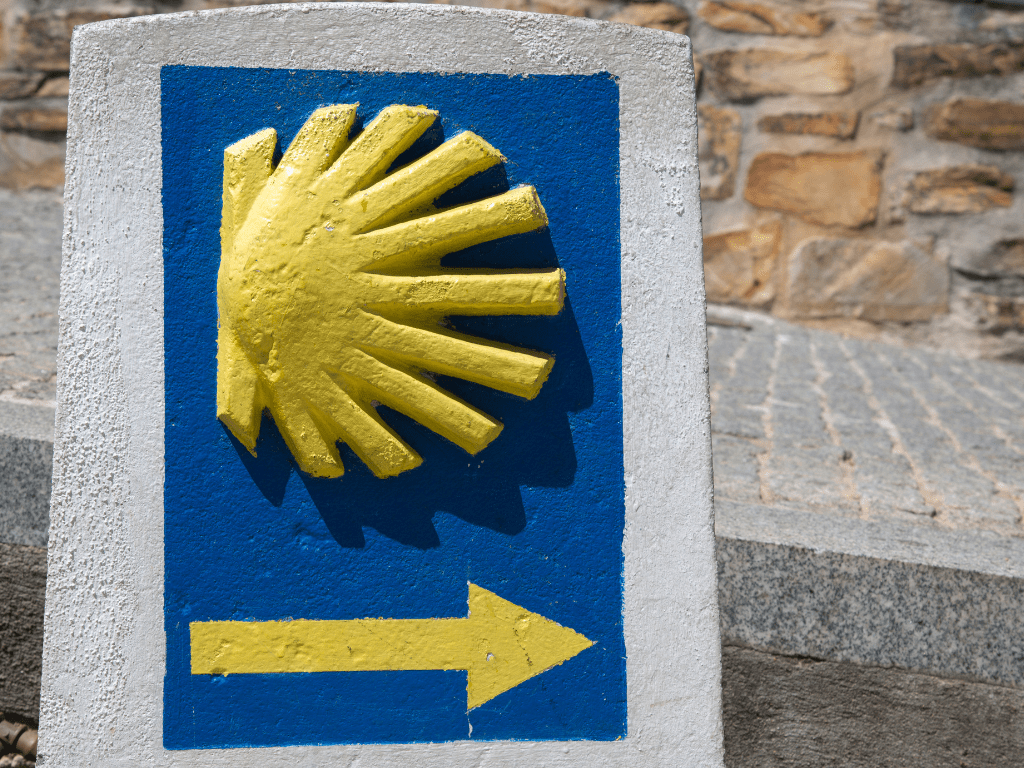
With origins as early as the 9th century, the Way of St James was once one of the most important Catholic pilgrimages of the Middle Ages. People came from all over Europe to see the tomb of St. James the Apostle, and it quickly became one of the world’s most popular Christian pilgrimages.
Thus, all sorts of infrastructure was built to cater to pilgrims —– hospitals, churches, monasteries. — which you can still see today. A good portion of them are in use as hostels, even.
While the route naturally underwent periods of decay, it was revitalized in the latter part of the 20th Century in part due to its declaration as the first Cultural Route of the Council of Europe in 1987 and as a Unesco World Heritage site in 1993. Although the pilgrimage route today could be considered a bit more contemporary than medieval, it still holds intrinsic spiritual and historical value — part of what makes it so special to so many.
What happens during the Camino de Santiago?
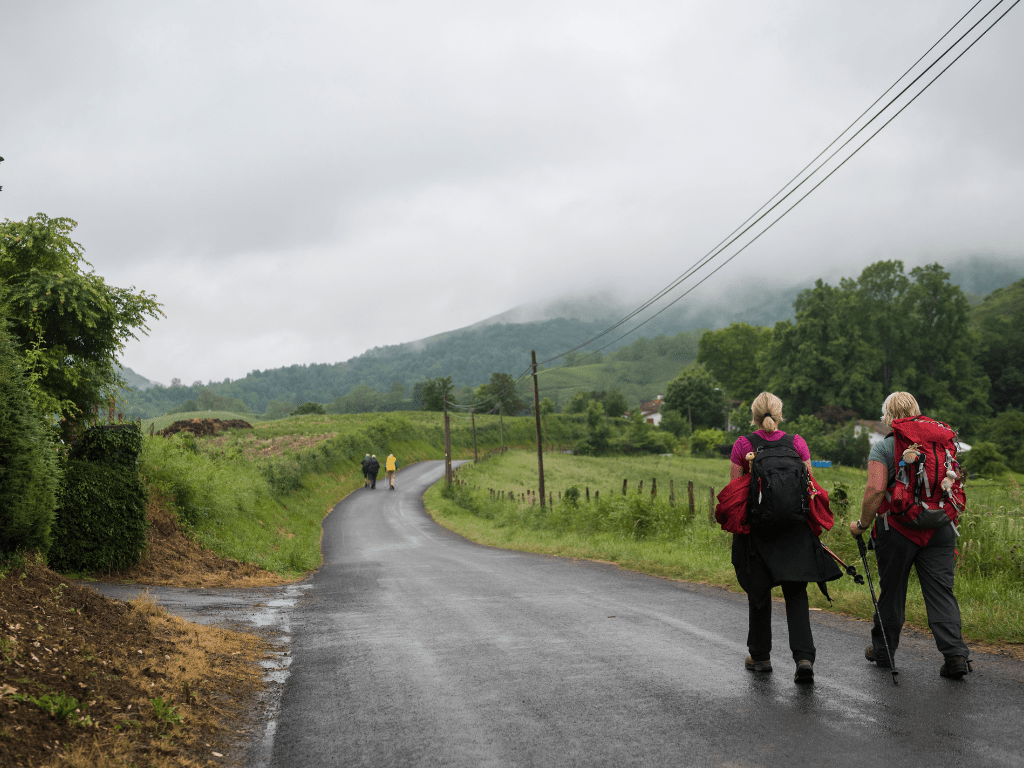
Plainly, the Camino is a pilgrimage and includes walking from a starting point to and ending point, carrying everything you need with you, and stopping to rest as needed.
A typical day consists of waking up at dawn, puting on your pack and doing preventative foot care before walking for about an hour or so and taking a break for a coffee and light breakfast at a local cafe. Then, you’ll continue walking, taking breaks as needed at various cafes.
Depending on how strenuous the day is, arrive at your next accommodation early or late. There you will shower, wash and hang your clothes, and rest. Run errands as needed. Re-pack your bag for the next day so as not to disturb sleeping pilgrims
before heading out to dinner. After dinner, it’s an early lights out around 9pm before waking to do it all again!
Where does the Camino start and end?
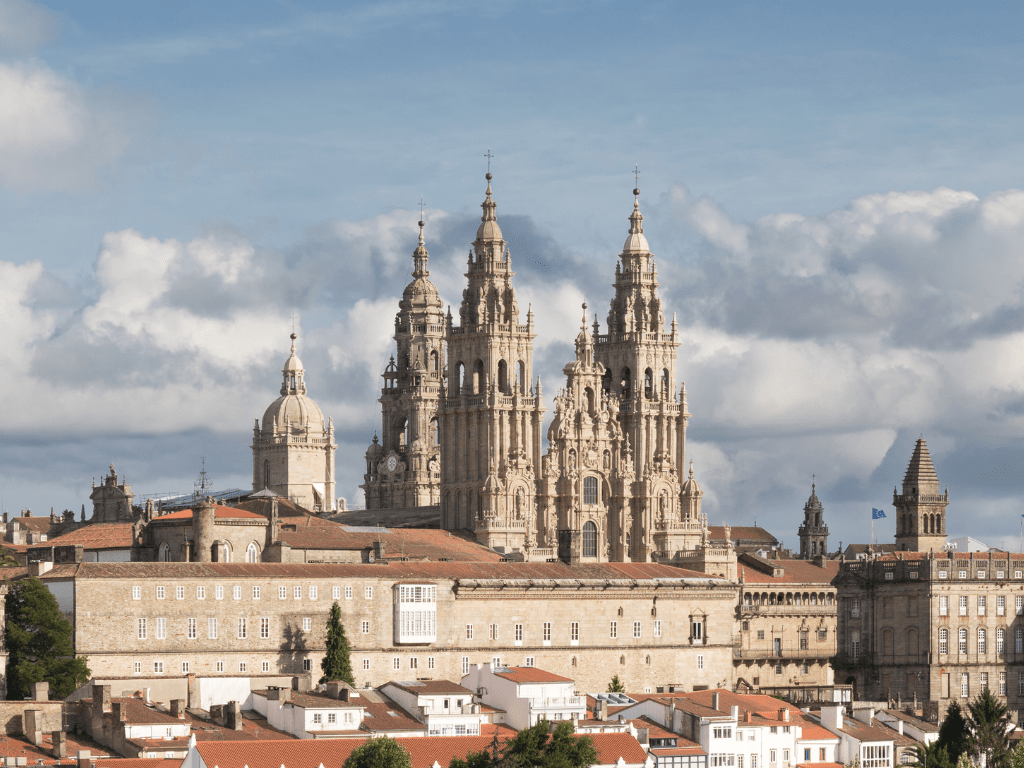
Traditionally, as with most pilgrimages, the Way of Saint James begins at one’s home and ends at the pilgrimage site!
However, on the modern-day pilgrimage, there are many routes. And, you could start just about anywhere! Here are a few popular starting points:
- Most popular: Sarria – Approximately 5-6 day walk along the Camino Frances
- Second most popular: Saint-Jean-Pied-de-Port, France, starting point of the Camino Frances
- Third most popular: Porto, Portugal, Camino Portugues
The final destination of the Camino de Santiago is Santiago de Compostela, which is located in the northwestern province of Galicia in Spain. It’s there at the Cathedral de Santiago de Compostela that pilgrims mark the end of their journey with shouts of joy and tears in their eyes for what they have accomplished.
Inside the cathedral, pilgrims may view the tomb of the apostle Saint James and attend a daily pilgrim’s mass.
One exception is the Camino Finisterre, which begins in Santiago. This route is often an extension to pilgrims’ trips as they wish to walk to the coast to Finisterre and Murcia, what was once the end of the known world.
What are the pilgrimage routes?
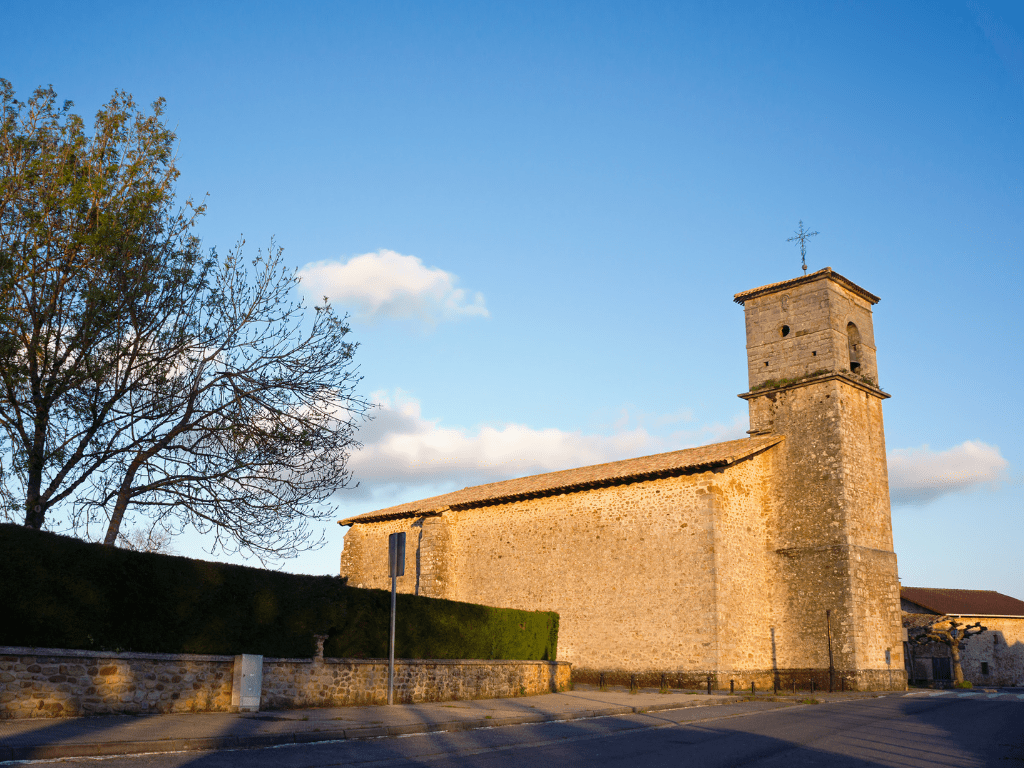
When people say they are walking the Camino de Santiago, they are often referring to just one route: the Camino Frances (French Way in English). Contrary to popular belief, there are actually many different routes to Santiago de Compostela. The main routes are:
- Camino Frances
- Camino del Norte
- Camino Inglés
- Camino Portugues
- Camino Primitivo
- Camino Finisterre
- Via de la Plata
- Camino de Madrid
Which route should you take first? To reach the end point, most pilgrims walk the Camino Frances, or French Way. It spans about 500 miles (800 kilometers) across the northern part of Spain. As mentioned above, however, there are many other routes of varying lengths you can do. Read detailed route descriptions in our Camino de Santiago guide.
Where can I find a Camino de Santiago map?
The best place to find a map of your desired Camino de Santiago route is honestly inside your guidebook! We’ve compiled a list of our favorite guidebooks for the Camino here. Maps-only versions of the guidebooks are often available, as well, if you don’t want to carry a full guidebook. You can also head over to Gronze.com for a free and excellent description of each day’s walk. (Do note this website is in Spanish.)
How long does it take to walk the Camino de Santiago pilgrimage?
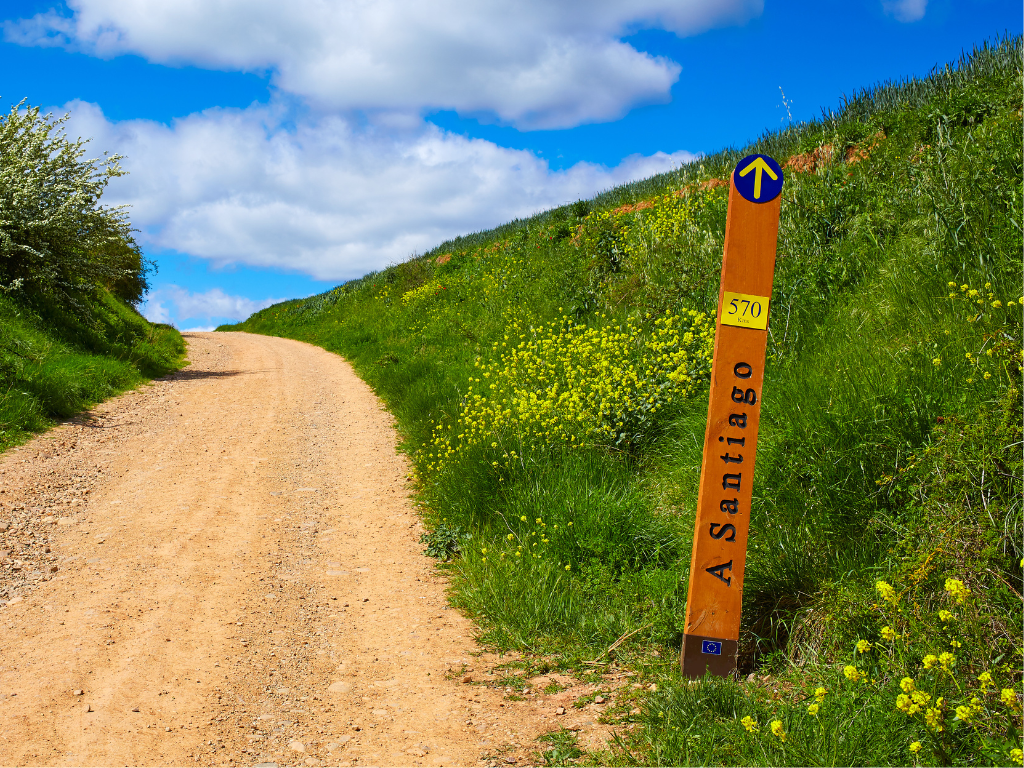
Depending on which route you take, you can plan to walk as little as 2-3 days and up to five weeks! Length-wise, the Camino distance comes out to around 62 mi (100 km) or in excess of 500 mi (800 km) — again, route-dependent.
Here are three popular options, depending on how far you’d like to walk:
- 5-6 Days — If you would like to get a certificate from the pilgrim’s office for completing your journey (more on that, below), you need to walk a minimum of 100 km. The most popular option to do this is to start in Sarria, which is the last stretch of the Camino Frances.
- 11-14 days — If you have more time, say two weeks, the Camino Portugues from Porto is a good option and a relatively easy walk.
- 33+ Days — As previously stated, the Camino Frances is what many people consider “the Camino.” This route is the journey of a lifetime starting 500 mi (800 km) away in Saint-Jean-Pied-de-Port, France. It takes roughly one month to complete, but is totally worth the time!
Who walks the Camino de Santiago?
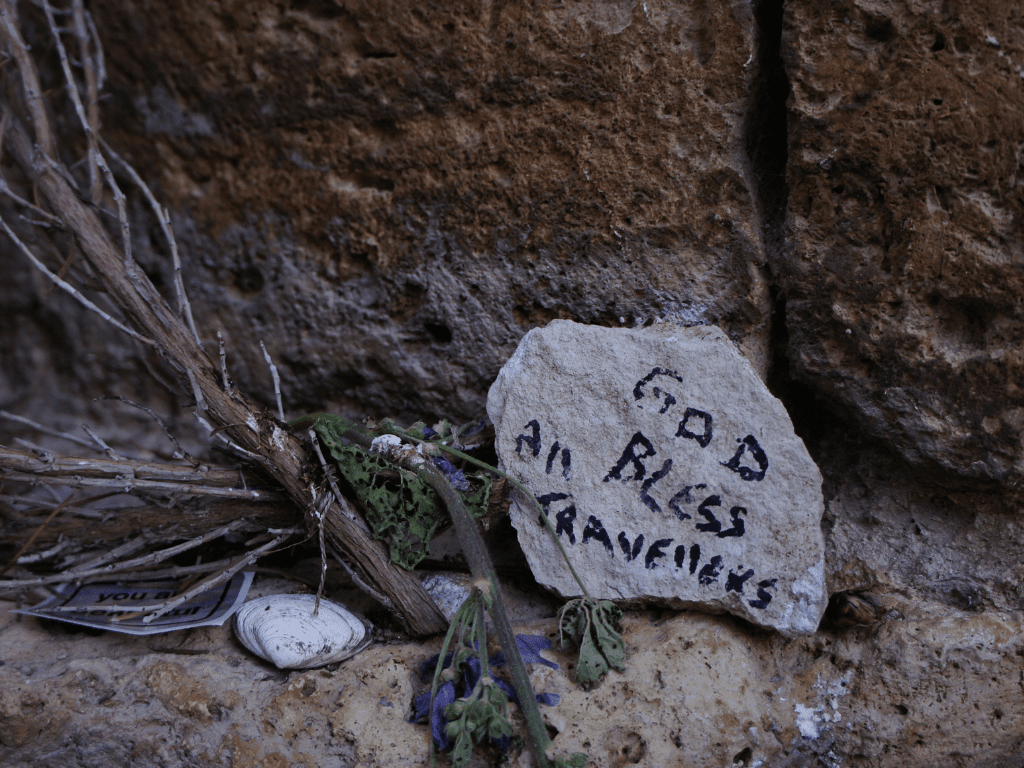
If you’re asking the question, “Who walks the Camino de Santiago?,” my answer is — you! As the Camino becomes more popular, you’ll find people from all walks of life enjoying this once in a lifetime journey in Spain!
Here are some interesting statistics from the The Pilgrim’s Reception Office (pre-COVID):
- Sex: 51% Female, 49% Male
- Age: 55% Age 30-60, 27% Under 30, 19% Over 60
- Top 3 Nationalities: 45% Spanish, 9% Italian, 6% American
- Top 3 Professions: 38% Employed, 18% Students, 13% Retired
As you can see, the Camino is just a microcosm of life. Anyone and everyone is welcome on the Camino. As a bonus, you’ll end the Camino not only spiritually and physically rejuvenated, but with stories to tell from new friends from all over the world!
Why do people walk the Camino pilgrimage?
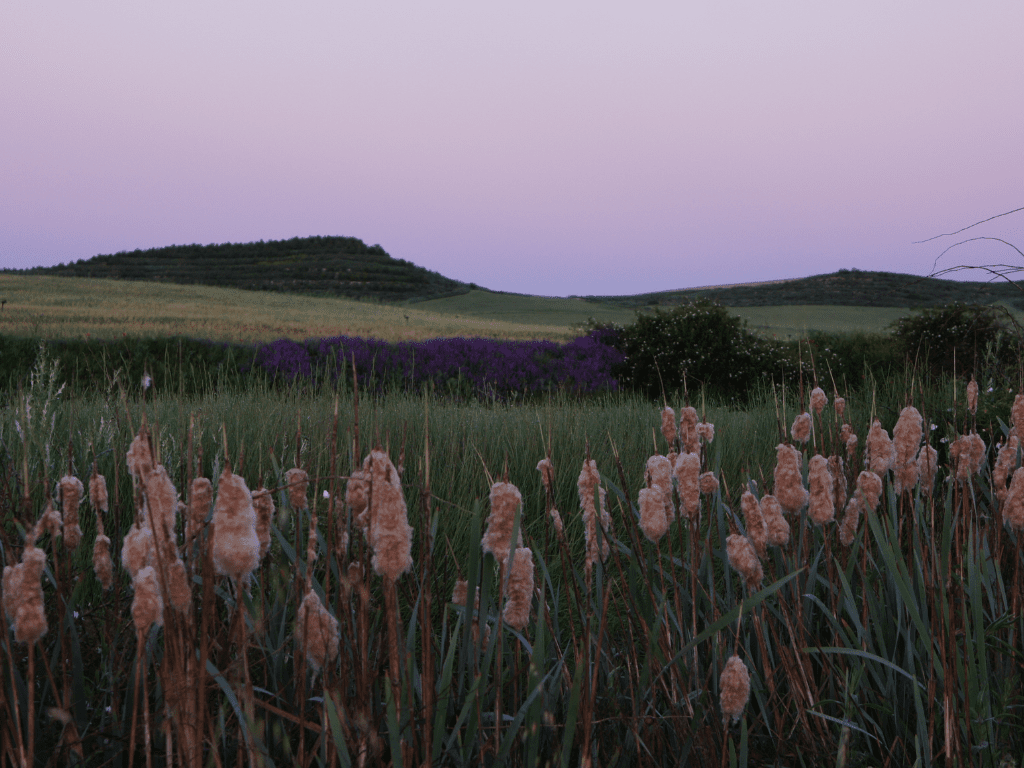
People come from all over the world each year to walk the Camino, and they all have their reasons. For instance, some people walk for religious reasons, to heal their grief, to get away from technology, or simply because they love the outdoors. Not to mention, some people simply want to explore Spain more deeply. Learn more about reasons why people walk the Camino.
Whatever your reason is, all are welcome to set out on the trail and experience the “Spirit of the Camino.”
What is a Compostela?
If you would like to commemorate your Camino, you may pick up a Compostela at the pilgrim’s office in Santiago, located just a few blocks from the cathedral. A Compostela is an official certificate showing that you completed the journey. A volunteer will fill it in with your name and completion dates so that you may proudly display it in your home or office.
How do you get a Compostela? In order to qualify for a Compostela, you must have walked the last 100 km of the Camino de Santiago by foot. You may walk any route, as long as you walk the last 100 km of it. In order to prove you walked, you must collect at least two stamps per day during the last 100 km. Lastly, you will also be asked your reason for walking. Compostelas are reserved for those walking for religious or spiritual reasons, or those with an attitude of search.
Don’t worry, even if you mark another reason aside from spirituality, you will still receive a certificate and may also purchase a Certificate of Distance for 3€, where you can display your route and tour dates. Read more about the Compostela and other Camino symbols.
More helpful Camino de Santiago articles
Now that you have an idea what the Camino is, are you ready to start planning your own Camino de Santiago pilgrimage? Check out these posts to get started:
- Ultimate Camino de Santiago Guide
- Best Guidebooks for the Camino
- What I Wish I Knew Before Walking the Camino
- 22+ Amazing Books on the Camino de Santiago
- Camino de Santiago Accommodation Guide
Click image to pin to Pinterest!
